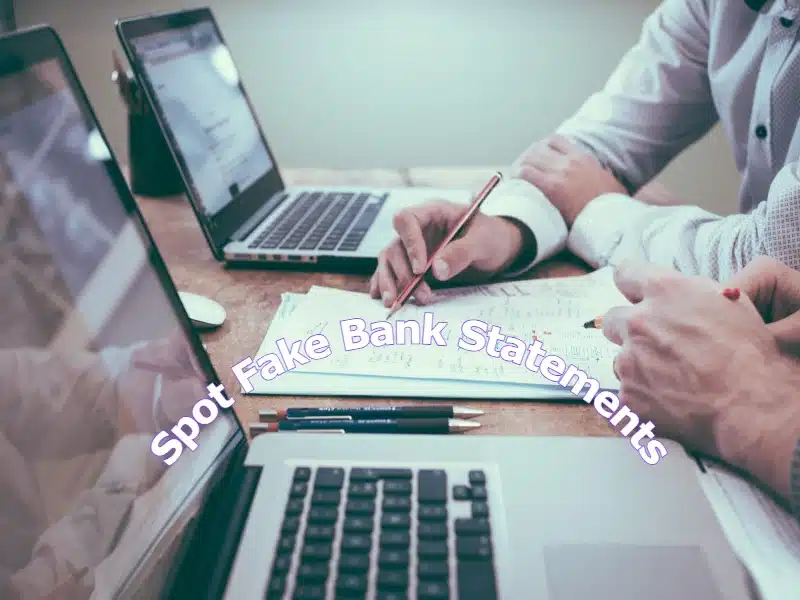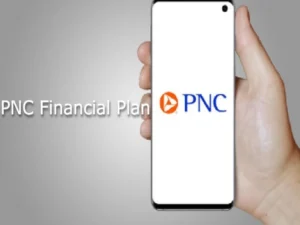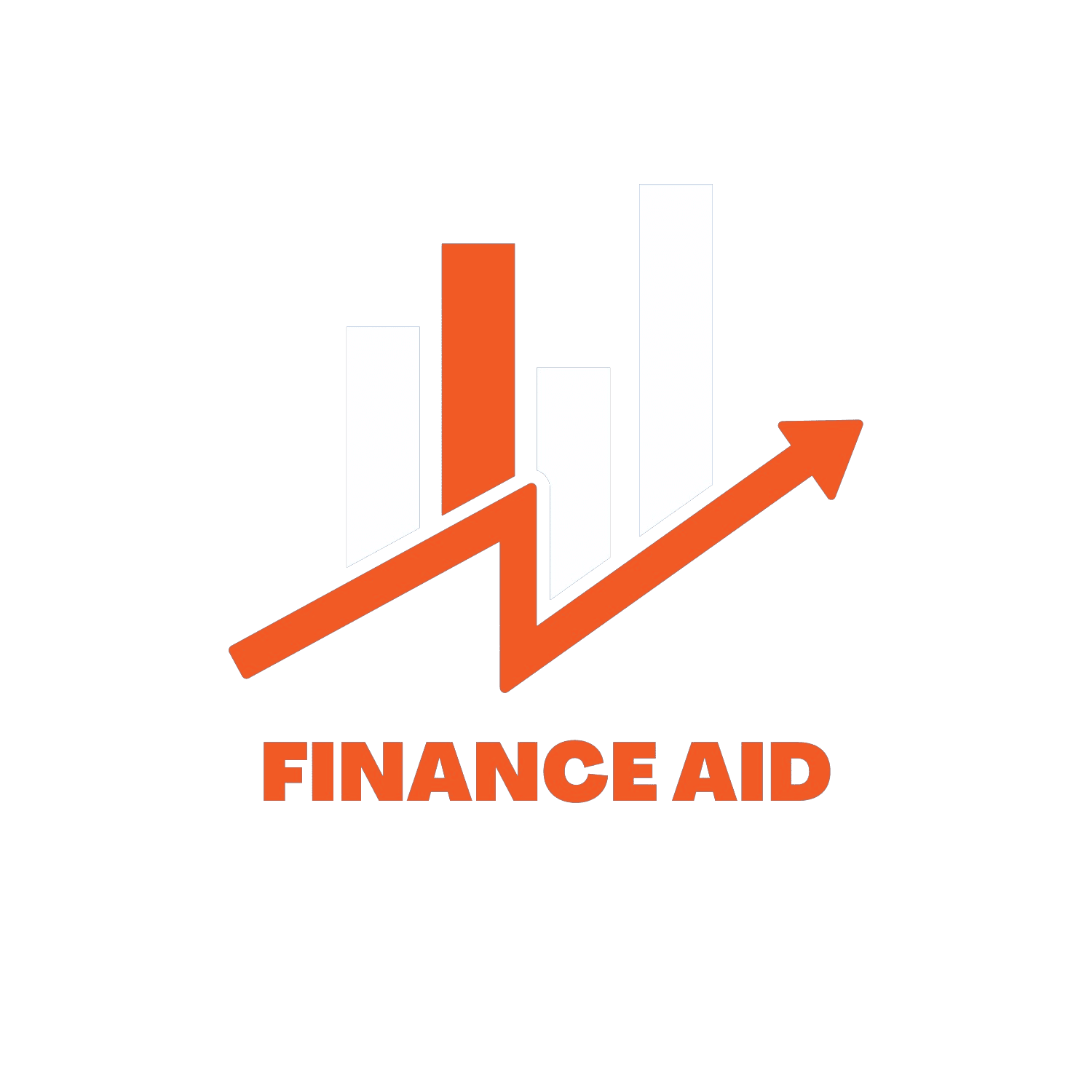A bank statement is a list of all transactions for a bank account, including deposits, withdrawals, charges, and payments over a set period, usually monthly. Lenders commonly use the statement to verify an applicant’s income and financial stability before approving a loan. It also includes the period’s beginning and ending balance and any interest earned.
However, with advanced technology, it is possible to leverage all-powered automation to identify scammers to create fake bank statement that look legitimate. Using fake bank statement can misrepresent an applicant’s income and financial stability, making them more creditworthy than they are.
Lenders can manually review and verify bank statements, but this process requires multiple steps, which is time-consuming and inefficient. Fake bank statement and tampered documents can be undetectable by the human eyes. Manual review can expose lenders to potential errors, even though most experienced underwriters are prone to human error.
Using fake bank statement for loan applications can have severe consequences for borrowers and lenders. A Fake bank statement can inflate income and misrepresent a borrower’s financial situation. It can lead to lenders extending credit to borrowers needing help. Lenders expose legal liability if they fail to verify the information properly, and borrowers are also plagued by debt and legal problems.
As fraud becomes more rampant, lenders need advanced technology to detect fake bank statements and protect against fraud. Lenders require new generation file tempering technology to use to falsify financial information. Lenders must be able to identify fake bank statement with the tools to detect them, such as verification software, to minimize regulatory risks accurately.
In this blog post, I will cover why fake bank statements are a great problem for lenders and how to use AI and machine learning technology like Nanonets.
Read also: What is a bank statement?
How does a Lender Spot Fake Bank Statement?
The fake bank statement can resemble the real deal. Today’s fraudsters are rapidly improving their fraud technology by using cutting-edge techniques. Some cyber criminals use deep methods that blend machine learning and AI to video, audio, and fabric images more accurately. Advanced fraud technologies are becoming available, and it is increasingly difficult for lenders to detect signs that the files are tampering.
Fake bank statement verification can be time-consuming and laborious, especially when dealing with many statements. Usually done manually and following the steps involved in detecting fake bank statements:
Irregularities information on the statement
One way to detect a fake bank statement is to look for inconsistency in the information on the statement. For example, a bank statement showing unusual or significant transitions with inconsistent spelling errors, size, and fonts is a potential red flag.
Compare the statement with other documents.
The lender may compare other documents provided by the borrower, such as identification, to ensure that the information matches and the statement is not fake.
Check authenticity
Lenders can verify authenticity by contacting the bank listed on the statement and confirming the information is genuine.
Check discrepancies with bank records.
Lenders can check statement information against bank records to ensure the statement is legitimate.
Use advanced software
Software and services can help lenders spot false bank statements by analyzing the borrower’s documents and comparing them to databases.
Some of these methods involve:
- Data analysis: Lenders can use specialized software to extract and analyze data from bank statements for inconsistencies automatically.
- Fraud detection software: Lenders can also use specialized fraud detection software, which scans bank statements for characteristics commonly associated with fake statements.
Important note: While these methods can effectively verify bank statements, they can be time-consuming & labor-intensive. This is where machine learning and human judgment can come in handy.
Despite the above methods, fraud may be undetectable to the human eye. Manual checks and reviews are also time-consuming, error-prone, and use company resources intensively.
This is where automation technologies can help lenders. Modern technological tools can help automate data extraction from various types of documents. The advanced tools can extract data from bank statements at scale, allowing bulk statements to be quickly and accurately verified.
Lenders can use tools like Nanagrids to identify and flag suspicious returns, even automatically cross-check against other sources of information. It can save lenders time and effort and help protect their customers from fraud. Automating the extraction of data from bank statements using technology has many benefits, including:
- Digital footprint, KYC checks software can Increase consistency and accuracy. Technology can identify patterns in data accurately.
- Modern software reduces lenders’ time, effort, and cost compared to manual data verification with more aster and accuracy.
- It improves security and can be taught to detect and alert any suspicious activity.
- The fraud detection software improves customers’ experience and helps them do any task quickly and accurately extract the data needed to give customers the best experience.
Read also: How to Make Bank of America Schedule Appointment Time at a Branch.
What are Signs of File Tampering on Bank Statements?
Despite the increasing of fraudulent fake bank statements, there are common signs. It is an indicator of a fake bank statement that helps lenders if they follow it correctly.
Inconsistent font size: The font size on a fake bank statement is slightly smaller or larger than the actual size used by legitimate financial institutions.
Inconsistent font type: Fraud uses a font type quite different from a legitimate financial organization. The difference is so subtle that only advanced document analysis can pick it up.
Typographical errors: False financial bank statement frequently includes typos that would not appear on realistic documents.
Round numbers: Real bank financial statement figures rarely in zeroes. If an unverified statement includes round figures, it might be fake.
Incorrect totals: Check the bottom line on an unverified bank statement; the math will be inaccurate if it is faked.
The human eye can detect fraud manually, but a copy is getting more advanced. So, bank statement verification software can be the best option for accurately and faster spotting a fake bank statement.
Bottom line
What did you learn? A fake bank statement is a growing problem for lenders as it can be used to obtain credit or loans fraudulently. The sophistication of this type of fake bank statement is increasing with more advanced technologies. Lenders’ challenge is accurately and quickly detecting these counterfeit statements to prevent fraud and protect their valuable customers.
Advance tools can be valuable for lenders to protect against false bank statements. By accurately and quickly verifying a large number of bank statements they can protect their clients and prevent fraud.
Frequently Asked Questions (FAQs)
Q: How do you know if a bank statement is false?
A: A few telltale signs indicate a bank statement may be false. First, check the dates and transactions listed on the statement. This could be a red flag if they do not match your records or seem unusual. Additionally, look for any misspellings or other errors in the statement, which could indicate that it was created fraudulently. Finally, if you suspect the statement is false, contact your bank immediately to report the issue and take serious attention to protect your accounts.
Q: What if you falsify a bank statement?
A: It is never recommended to falsify a bank statement. Doing so is illegal and can result in severe consequences, including fines, imprisonment, and damage to your reputation. Instead, if you need proof of income or finances, obtaining legitimate documentation from your bank or financial institution is best. If you have any doubts or questions about the legality of a document, it is always best to seek professional advice and avoid any potential legal issues.
Q: Is it possible to fake bank statements?
A: Falsifying a bank statement is not recommended as it is illegal and can have severe consequences, including fines, imprisonment, and damage to one’s reputation. It is always best to obtain legitimate documentation from your bank or financial institution when providing proof of income or finances. If there are any doubts or questions about the legality of a document, it is advisable to seek professional advice and avoid any potential legal issues.
Q: How do banks verify statements?
A: Banks typically verify statements by comparing them to their records and conducting audits to ensure accuracy. They may also request additional documentation or information from the account holder to corroborate the information provided in the statement. Providing truthful and accurate information is essential to avoid potential legal issues.
Q: How do banks verify fraud?
A: Banks have various methods to verify fraud, such as comparing statements to their records and conducting audits to ensure accuracy. They may also request additional documentation or information from the account holder to corroborate the information provided in the statement. Providing truthful and accurate information is always important to avoid potential legal issues.
Q: What is the reason for bank fraud?
A: Bank fraud can have severe consequences and should always be avoided, but the text above does not provide a specific reason for why someone might commit bank fraud. Following ethical and legal guidelines when dealing with financial transactions is essential to avoid potential issues.
Read also: Decker Retirement Planning: Services, Reviews, Fees & Cost.








